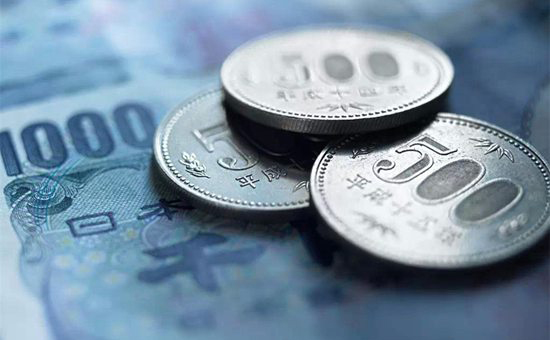Abstract: The U.S. dollar remained stable this trading day, but the U.S. dollar still fell against the yen. As of press time, it temporarily reported 109.6685, a decrease of 0.01%.
On March 29, the U.S. dollar was basically stable this trading day, but the U.S. dollar still fell against the yen. As of press time, it temporarily reported 109.6685, a decrease of 0.01%.
U.S. dollar starts strong
The U.S. dollar index fell 0.18% to 92.72 last Friday, but it is still close to a four-month high, with a weekly rise of 0.85%, unaffected by data showing the recent decline in consumer spending, as the market continues to be optimistic about the US economy. The speed of vaccination in the United States is accelerating, 1.9 trillion stimulus measures are launched, and large-scale infrastructure is also planned. These factors have promoted the market's optimistic view of the US economic recovery.
The dollar started this week firmly, and as of press time, it temporarily reported 92.79, an increase of 0.06%. The analysis pointed out that the US economic recovery and vaccination progress faster than other developed countries, attracting investors to flock to the US dollar. The United States is likely to introduce trillions of dollars in fiscal expenditures to support the prospects for global economic growth.

Minh Trang, senior foreign exchange trader at Silicon Valley Bank, said that the U.S. dollar is recovering again, and the upward trend of the U.S. dollar will be like a bull market from time to time.
What needs attention this week is the specific plans for Biden’s infrastructure plans and the non-agricultural report to be released on Friday. These news may have an impact on the dollar.
U.S. dollar against the yen is basically stable
The dollar rose 0.42% against the yen last week to 109.65; the intraday highest rose 0.6% to 109.85, the highest since June 5. Profit-taking before the weekend partly limited the exchange rate gains. After the opening of the trading day, the U.S. dollar against the yen fell sharply. Affected by the dynamics of the Bank of Japan, it rebounded in the afternoon and is currently basically stable.
On Monday (March 29), the Bank of Japan’s March meeting released a summary of opinions. Several central bank policymakers believed that the domestic economy hit by the epidemic began to show bright spots. They also discussed making the central bank’s ultra-loose monetary policy more sustainable. Initiatives. The meeting summary quoted a reviewer as saying, "The Japanese economy may be getting rid of the downward trend since the outbreak of the epidemic, and exports and output are still strong."

At the March meeting, the Bank of Japan announced a series of measures to make its policy tools more sustainable, sufficient to withstand the impact of the epidemic on the economy for a long time, and push the inflation rate to an unattainable 2% target.
The above remarks reinforce the mainstream market view that the Bank of Japan will maintain a stable monetary policy and hope that the rebound in overseas demand will support Japan's export-dependent economy.
Affected by the above news, the yen once strengthened, and the dollar fell against the yen. However, the strength of the yen did not continue, and soon corrected, and the dollar against the yen basically stabilized.
